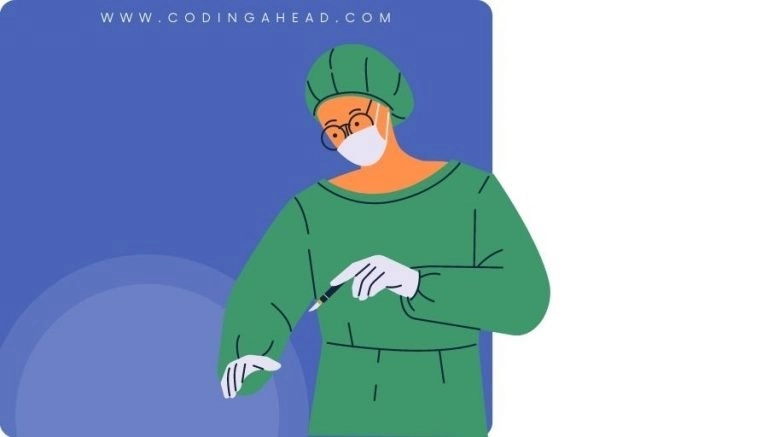How To Use CPT Code 01382
cpt 01382 describes the anesthesia services provided for a patient undergoing a diagnostic arthroscopic procedure of the knee joint. This article will cover the description, procedure, qualifying circumstances, appropriate usage, documentation requirements, billing guidelines, historical information, and examples of cpt 01382.
1. What is cpt 01382?
cpt 01382 is used to describe the anesthesia services provided to a patient undergoing a diagnostic arthroscopic procedure of the knee joint. This code is used when an anesthesia provider performs a preoperative evaluation, induces the patient, monitors them during the procedure, and oversees their transfer to post anesthesia care. The anesthesia provider documents the types and amounts of medications administered, forms of monitoring used, patient responses, and the start and stop times of anesthesia care.
2. Official Description
The official description of cpt 01382 is: ‘Anesthesia for diagnostic arthroscopic procedures of knee joint.’
3. Procedure
The anesthesia provider begins by performing a preoperative evaluation of the patient. They then induce the patient and monitor them during the diagnostic arthroscopic procedure of the knee joint, which is performed by a different provider. The anesthesia provider notes the medications administered, forms of monitoring used, patient responses, and the start and stop times of anesthesia care. After the procedure, the anesthesia provider oversees the patient’s transfer to post anesthesia care.
4. Qualifying circumstances
cpt 01382 is used for patients undergoing a diagnostic arthroscopic procedure of the knee joint. This code is appropriate when anesthesia services are required for the procedure. The anesthesia provider must perform a preoperative evaluation, induce the patient, monitor them during the procedure, and oversee their transfer to post anesthesia care.
5. When to use cpt code 01382
cpt 01382 should be used when anesthesia services are provided for a patient undergoing a diagnostic arthroscopic procedure of the knee joint. It is important to ensure that the anesthesia provider performs a preoperative evaluation, induces the patient, monitors them during the procedure, and oversees their transfer to post anesthesia care.
6. Documentation requirements
To support a claim for cpt 01382, the anesthesia provider must document the following information:
- Preoperative evaluation of the patient
- Medications administered during anesthesia care
- Forms of monitoring used during anesthesia care
- Patient responses during anesthesia care
- Start and stop times of anesthesia care
- Transfer of the patient to post anesthesia care
7. Billing guidelines
When billing for cpt 01382, ensure that the anesthesia provider performs a preoperative evaluation, induces the patient, monitors them during the procedure, and oversees their transfer to post anesthesia care. It is important to follow the specific billing guidelines of the payer, including any required modifiers or additional documentation.
8. Historical information
cpt 01382 was added to the Current Procedural Terminology system on January 1, 1990. The code has undergone changes, including a code change on January 1, 2003, which revised the description to specify anesthesia for diagnostic arthroscopic procedures of the knee joint.
9. Examples
- An anesthesia provider performing anesthesia services for a patient undergoing a diagnostic arthroscopic procedure of the knee joint.
- An anesthesia provider conducting a preoperative evaluation, inducing the patient, monitoring them during a diagnostic arthroscopic procedure of the knee joint, and overseeing their transfer to post anesthesia care.
- An anesthesia provider documenting the medications administered, forms of monitoring used, patient responses, and start and stop times of anesthesia care during a diagnostic arthroscopic procedure of the knee joint.
- An anesthesia provider ensuring the patient’s safety and comfort during a diagnostic arthroscopic procedure of the knee joint.
- An anesthesia provider collaborating with the surgical team to provide optimal anesthesia care for a patient undergoing a diagnostic arthroscopic procedure of the knee joint.




